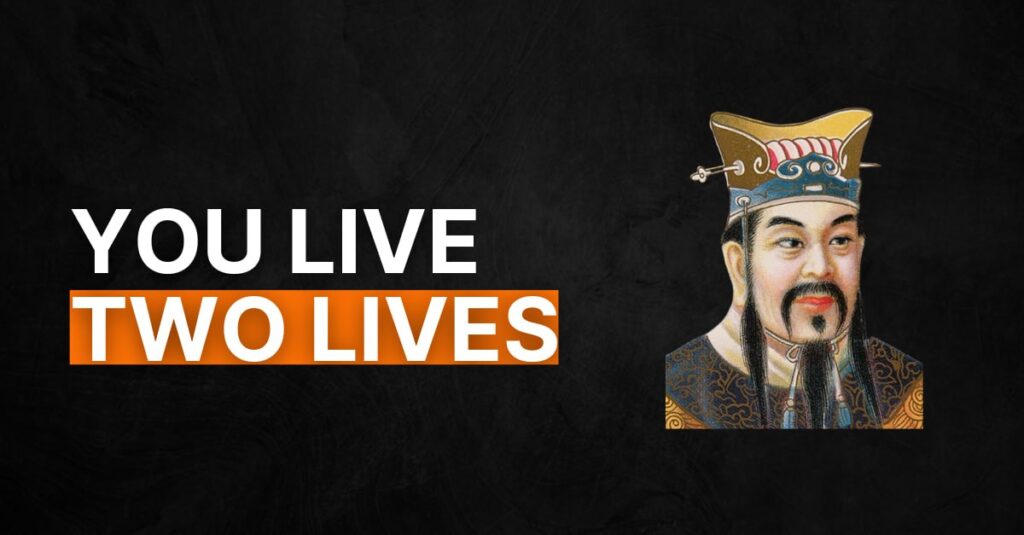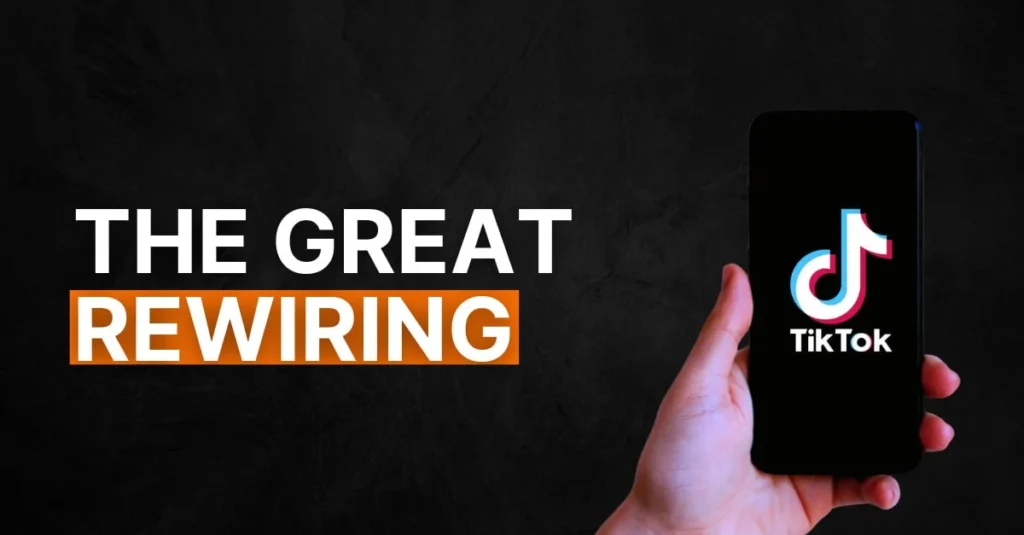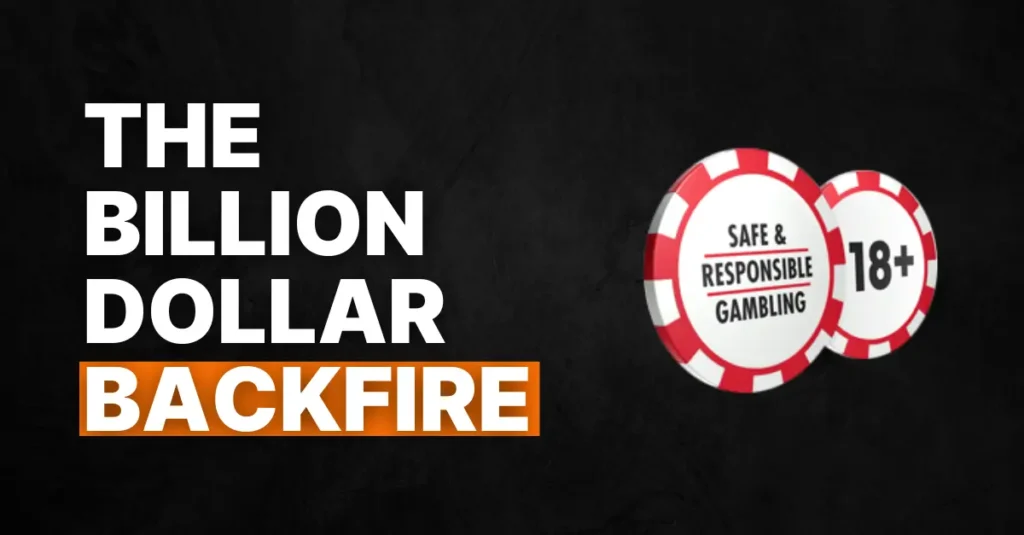Here’s one of the biggest risks of success. The busier you get, the stupider your decisions can become.
I know, I know. We’re all supposed to worship at the altar of productivity. Hustle harder, optimise everything, squeeze more into every minute. But that constant state of busyness can systematically destroy your ability to think creatively.
And in a world where everyone has access to the same tools, data, and strategies, creativity is your unique value add to the world.
Your Brain on Busy: The Neuroscience Behind Bad Decisions
When you’re rushing from meeting to meeting, firefighting problems, and juggling seventeen different priorities, your brain shifts into what neuroscientists call the “executive network.” This is your survival brain. Great for dodging traffic, terrible for breakthrough thinking.
Here’s what happens in busy-brain mode:
- Cortisol floods your system, narrowing your focus to immediate threats
- Pattern matching takes over, and you default to solutions that worked before
- Creative networks shut down, literally, the neural pathways for original thinking go offline
- Decision fatigue kicks in, and you start making safe, predictable choices
Meanwhile, creativity requires the exact opposite brain state: the default mode network. This is where your brain makes unexpected connections, sees new patterns, and generates truly original ideas.
The problem? These two brain states are neurologically incompatible. You can’t access breakthrough thinking while you’re in survival mode.
It’s like trying to paint a masterpiece while someone’s chasing you with a chainsaw. Technically possible, but you’re probably not going to create your best work.
The Hidden Cost of Creative Bankruptcy
Most business problems don’t need more efficiency. What they need is different thinking.
- Need to enter a new market? That’s a creativity challenge.
- Facing new competition? Creative response required.
- Want to build a differentiated product? You need original thinking, not faster execution.
But when you’re constantly in reactive mode, you default to the obvious moves. The same strategies everyone else is using. The safe bets that feel productive but rarely move the needle.
I see this everywhere. Companies with identical positioning, cookie-cutter marketing, and me-too products. Not because their teams lack talent, but because they’ve systematically eliminated the conditions where creative thinking can emerge.
Your competitors are making the same mistake. Which means the person who figures out how to think creatively – systematically and intentionally – wins.
The Creativity Protocol
Alright, enough theory. Here’s how to actually solve this:
1. Block Time for Pure Thinking
Not “strategic planning.” Not “brainstorming sessions.” Just thinking.
- Minimum viable block: 90 minutes (anything less and you won’t reach deep creative states)
- Optimal timing: When your energy is highest (usually mornings)
- Frequency: At least twice per week
- Protection level: Treat it like your most important client meeting
2. Design Your Environment
Your space shapes your thinking:
- Kill notifications: phone in another room, computer offline
- Change locations: coffee shops, parks, anywhere that isn’t your usual workspace
- Remove decision fatigue: same chair, same time, same ritual
- Add constraints: pen and paper only, no research allowed
3. The State-Change Ritual
You need to actively shift from busy-brain to creative-brain:
- Start with a brain dump: get all urgent stuff out of your head first
- Use a timer: creates boundaries and removes time pressure
- Have a trigger: lighting a candle, specific music, whatever signals “creative mode”
- Begin with questions, not answers: “What if…?” “Why do we assume…?” “How might we…?”
4. Guide Your Thinking
Pure creative time needs structure, or you’ll just worry about emails:
- Week 1: What assumptions are we making that might be wrong?
- Week 2: What would we do if our budget was 10x bigger? 10x smaller?
- Week 3: What are our competitors NOT doing that we could own?
- Week 4: What would this look like if we started from scratch today?
5. Capture and Process
Creative insights are useless without follow-through:
- Document everything: even bad ideas lead to good ones
- Schedule review sessions: weekly 30-minute blocks to process your notes
- Create experiment lists: turn insights into testable actions
- Share selectively: discuss with trusted advisors before wider teams
Your Competitive Advantage
Here’s the thing: most people won’t do this. They’ll feel they don’t have time for “luxury thinking.” Or they agree with the importance, so don’t prioritise it. And instead stay in firefighter mode.
Which is exactly why this works.
While they’re optimising their way to mediocrity, you’ll be developing the one skill that can’t be automated, outsourced, or copied: the ability to think differently.
Your challenge: Block two hours this week for pure thinking time. No agenda, no outcome pressure, just space for your brain to wander and connect dots in new ways.
Most of your competitors won’t. That’s your edge.



